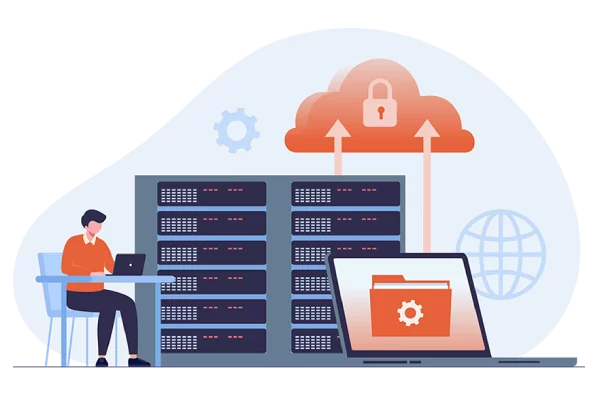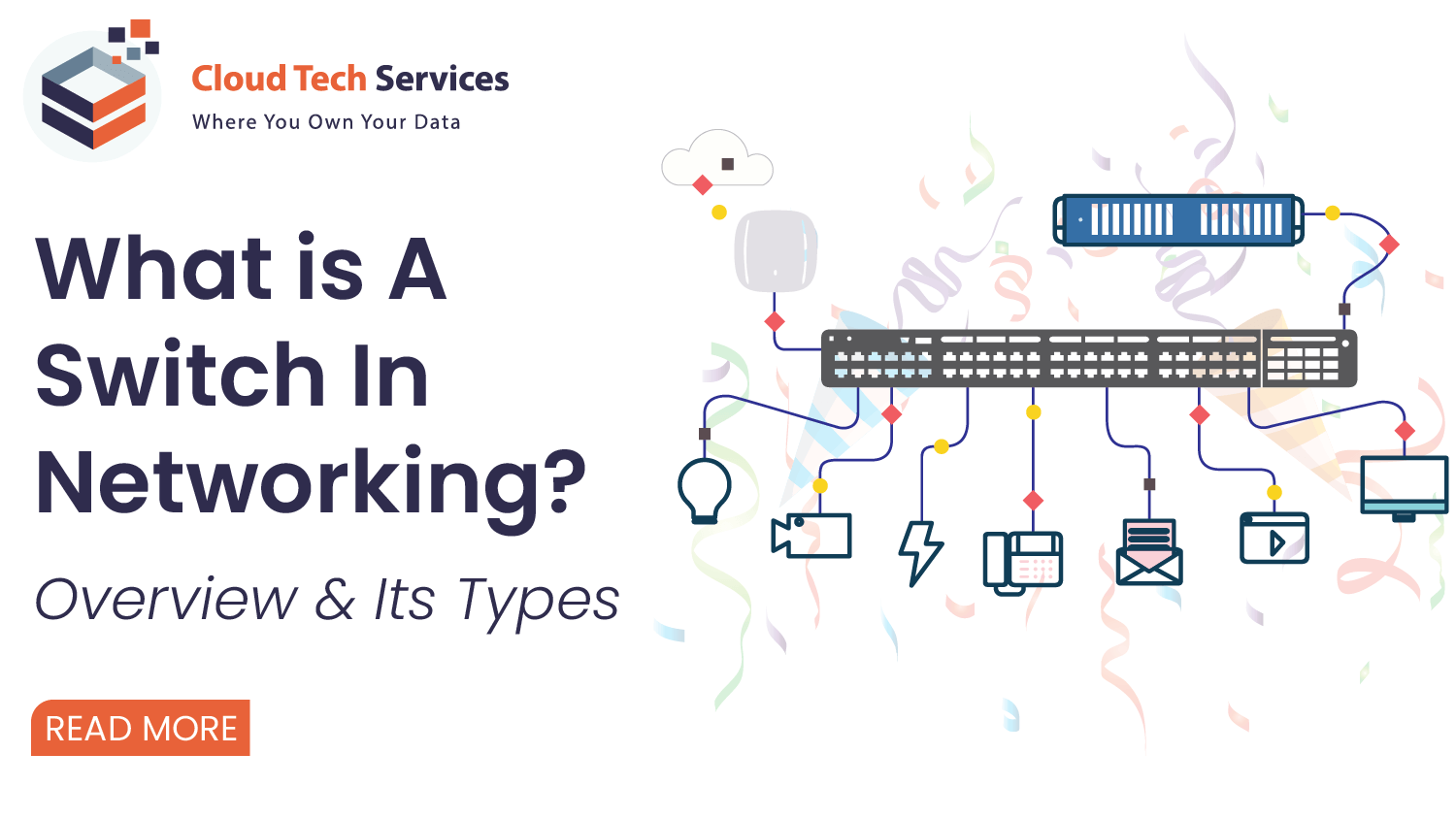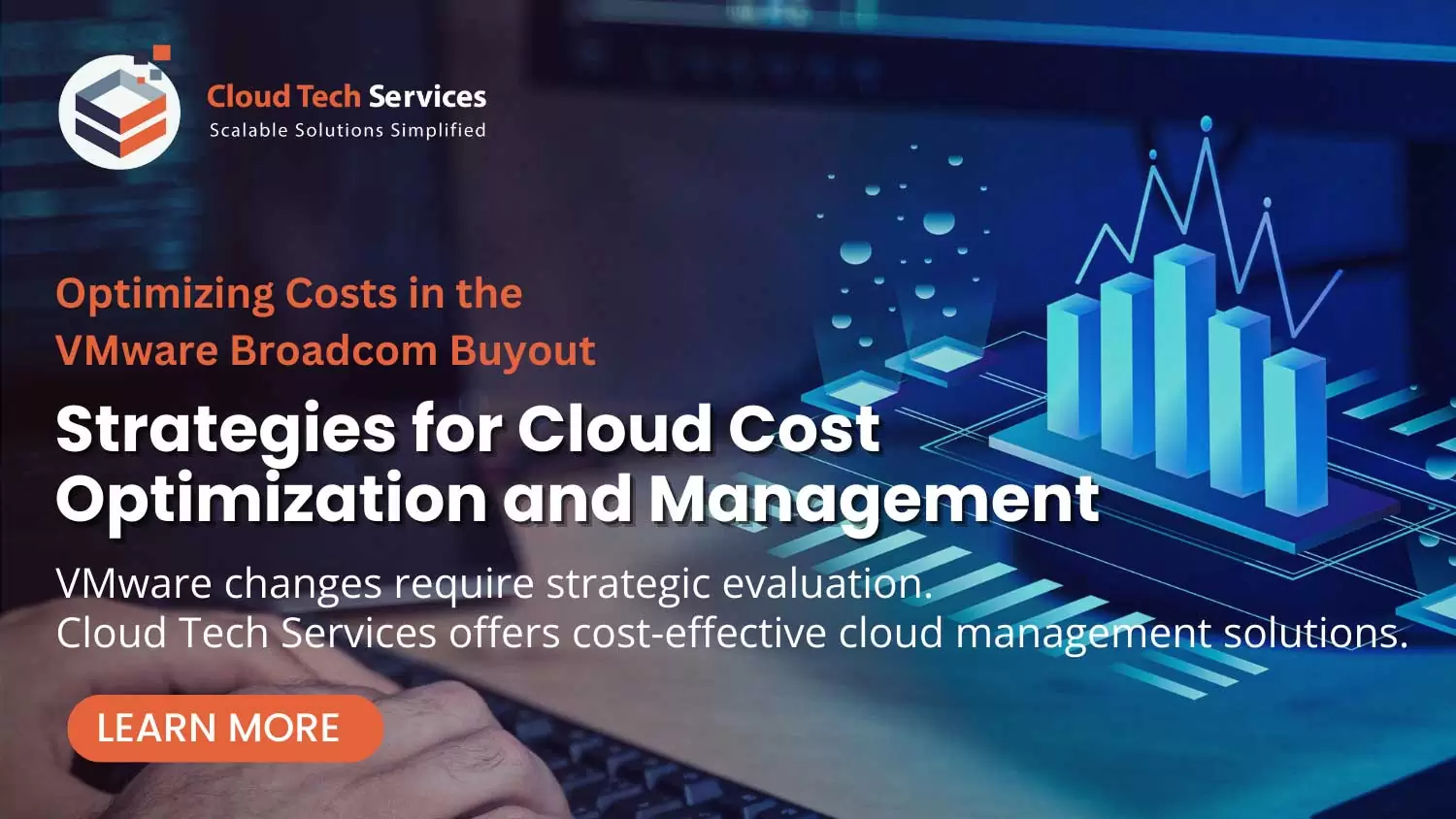Application Security and Vulnerability Management
Identify and mitigate application vulnerabilities to fortify against potential attacks.

- Monitoring | Analysis | Triage | Assessments | Remediation | Advisory | Reporting
Why Choose Us?
The Vital Role of Application Security and Vulnerability Management
Application Security and Vulnerability Management are crucial in safeguarding software from potential threats. Their vital role lies in identifying and mitigating vulnerabilities and weaknesses in applications, preventing unauthorized access, data breaches, and cyberattacks. By conducting regular security assessments and implementing necessary patches and updates, they enhance the overall security posture of applications. This proactive approach minimizes the risk of exploitation and improves resilience against emerging threats.
Additionally, it ensures compliance with industry regulations and data protection standards, fostering trust among users and customers. Ultimately, Application Security and Vulnerability Management contribute to maintaining a secure and reliable application ecosystem, safeguarding sensitive information and preserving the reputation of the organization.
Fortifying Defenses: Application Security & Vulnerability Management
Application Security and Vulnerability Management
- Security Assessment: Assessing the organization’s current application security posture and identifying vulnerabilities and risks.
- Incident Triage: Initial assessment and classification of application security-related incidents, followed by appropriate escalation or resolution.
- Vulnerability Scanning and Assessment: Conduct vulnerability scans and assessments to identify application security vulnerabilities.
- Threat Modeling: Analyzing potential threats and attack vectors specific to each application and assessing their impact.
- Security Policy and Standards Review: Reviewing and aligning application security practices with industry standards and organizational security policies.
- Security Patching and Remediation: Identifying and prioritizing vulnerabilities and applying patches or remediation measures to mitigate risks.
- Secure Code Review: Performing code reviews to identify and address security weaknesses and vulnerabilities in application code.
- Security Configuration Management: Assessing and configuring application security settings to ensure secure deployments.
- Security Incident Response: Establishing incident response processes and procedures to detect, respond, and recover from security incidents.
- Security Awareness Training: Training and awareness programs to educate developers and users about secure coding and best practices.
- Security Testing: Conducting security testing, including penetration and vulnerability assessments, to identify and mitigate security risks.
- Security Governance and Compliance: Establishing security governance frameworks and ensuring compliance with regulatory and industry security requirements.
- Security Monitoring and Incident Management: Continuously monitoring application security, detecting and responding to security incidents, and managing security breaches.
- Security Architecture and Design: Providing guidance and recommendations for secure application architecture, secure coding practices, and secure deployment strategies.
Why Choose Us?
Tailored IT Solutions for Your Success

Exceptional Expertise
With over four decades of extensive experience, our team of IT professionals continually strives to deliver the most suitable solution for your diverse IT needs.

Business Efficiency
Our expertise in a wide range of IT solutions empowers businesses by extending their in-house IT capabilities to simplify business operations and improve efficiency.

Flexible Engagement Models
Every organization has unique requirements. Our flexible engagement models and scalable solutions empower you to adapt and scale your IT capabilities.

Industry Best Practices
We stay at the forefront of technological advancements and methodologies to deliver innovative, future-ready IT Solutions and managed services.
Get To Know
Our Process
Step 1
Evaluate
Identify your IT needs, compare managed IT service providers, and select the best fit for your business.
Step 2
Transition
The process of moving from an in-house IT infrastructure to a managed IT service provider.
Step 3
Deployment
The process of deploying managed IT services to your business, including planning, configuration, testing, and deployment.














